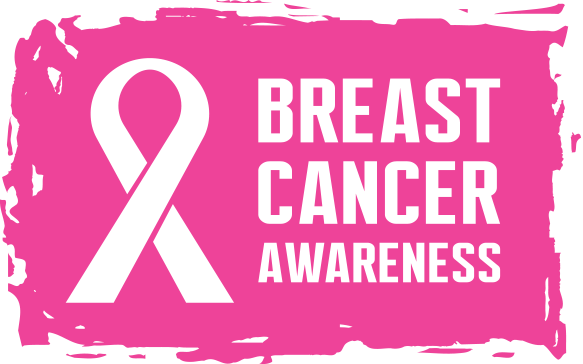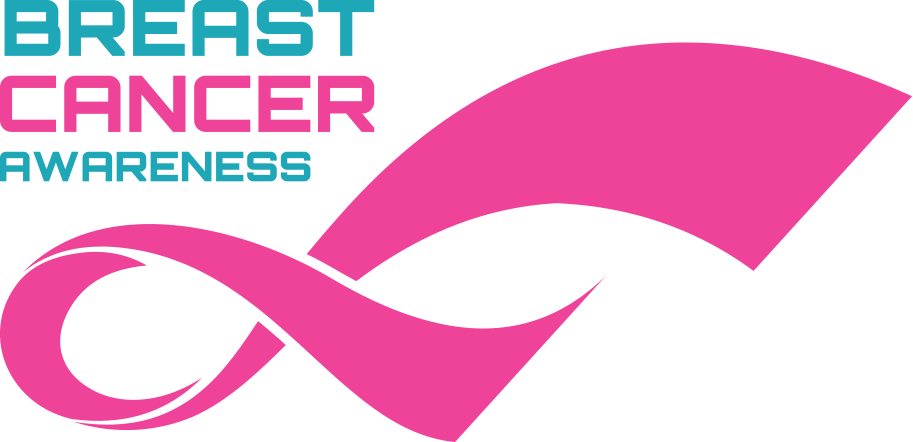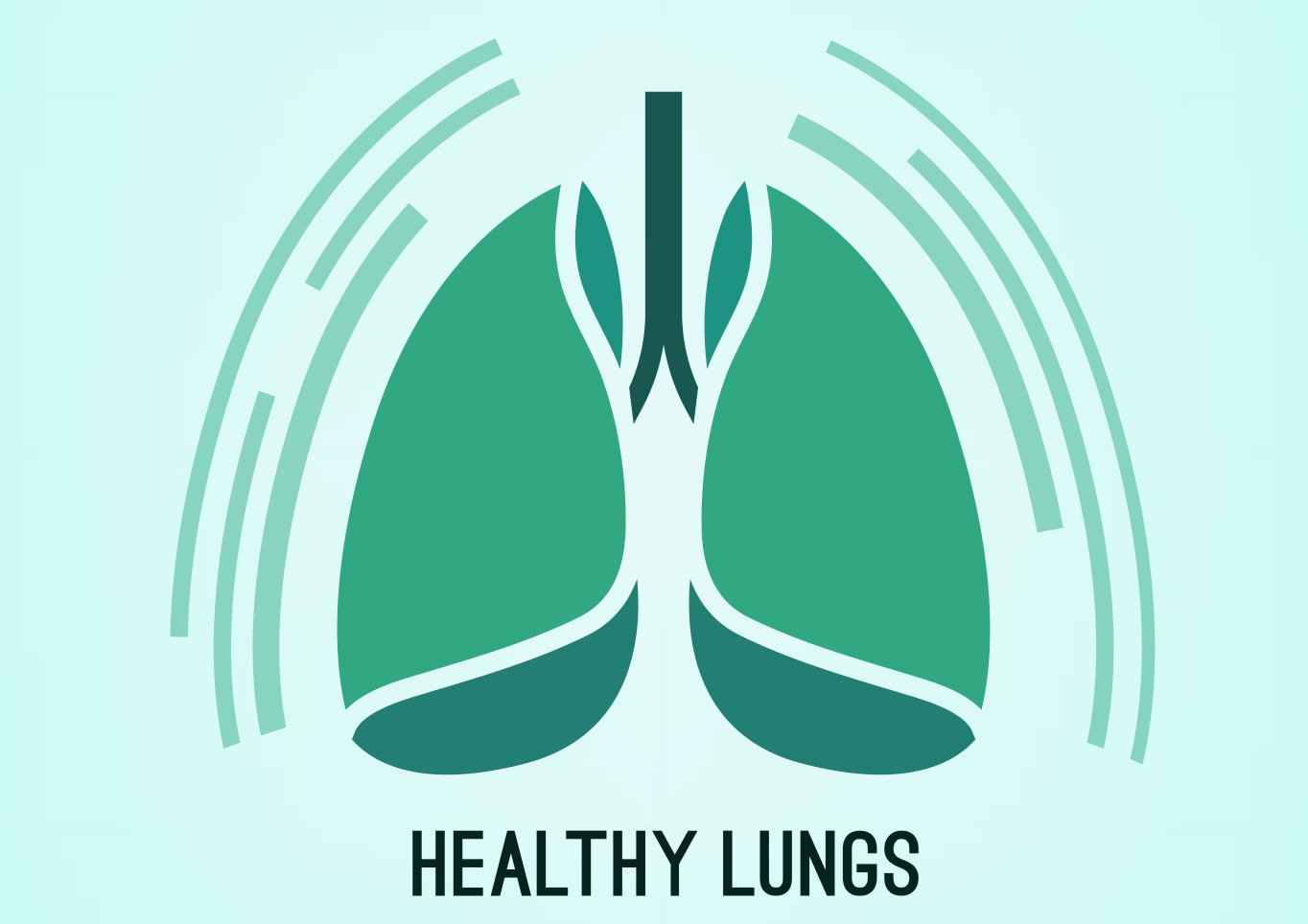 A Health Newsletter Serving the North Coast Schools Medical Insurance Group
A Health Newsletter Serving the North Coast Schools Medical Insurance Group
Vol. 26, No. 10 | October 2018
Director’s Note
Stacy Lane, JPA Director
National Breast Cancer Awareness Month – October 2018
 As you will read about in this month’s newsletter, October is National Breast Cancer Awareness Month in the United States. Many of us have friends and family members who have been affected by this terrible disease. One of the key aspects of avoiding or controlling breast cancer is early detection. It is important to regularly complete preventive screenings and self-exams. In most cases, mammograms may be covered at no cost to you! To find out if you qualify for a free preventive mammogram, and to check the national guidelines for screening, please contact Blue Shield directly at 855.256.9404. Please keep in mind that while more rare than in women, men too are at risk for developing breast cancer. For more detailed information on this disease, please visit nationalbreastcancer.org.
As you will read about in this month’s newsletter, October is National Breast Cancer Awareness Month in the United States. Many of us have friends and family members who have been affected by this terrible disease. One of the key aspects of avoiding or controlling breast cancer is early detection. It is important to regularly complete preventive screenings and self-exams. In most cases, mammograms may be covered at no cost to you! To find out if you qualify for a free preventive mammogram, and to check the national guidelines for screening, please contact Blue Shield directly at 855.256.9404. Please keep in mind that while more rare than in women, men too are at risk for developing breast cancer. For more detailed information on this disease, please visit nationalbreastcancer.org.
VSP Sweepstakes
Vision Service Plan (VSP) is having a sweepstakes! On January 31, 2019, anyone who has signed up for access to www.vsp.com will be automatically entered into a drawing for a $5,000 shopping spree! This drawing will include members who are already enrolled for website access, as well as those who are new to the site. More information on the sweepstakes can be found at www.vsp.com/sweeps.
It’s Breast Cancer Awareness Month
 Facts about Breast Cancer in the U.S.
Facts about Breast Cancer in the U.S.
- One in eight women in the United States will be diagnosed with breast cancer in her lifetime.
- Breast cancer is the most commonly diagnosed cancer in women.
- Breast cancer is the second leading cause of cancer death among women.
- Each year it is estimated that over 252,710 women in the United States will be diagnosed with breast cancer and more than 40,500 will die.
- Although breast cancer in men is rare, an estimated 2,470 men will be diagnosed with breast cancer and approximately 460 will die each year.
- On average, every 2 minutes a woman is diagnosed with breast cancer and 1 woman will die of breast cancer every 13 minutes.
- Over 3.3 million breast cancer survivors are alive in the United States today.
A Global Burden
According to the World Health Organization, breast cancer is the most common cancer among women worldwide, claiming the lives of hundreds of thousands of women each year and affecting countries at all levels of modernization.
Good News About Breast Cancer Trends
In recent years, perhaps coinciding with the decline in prescriptive hormone replacement therapy after menopause, we have seen a gradual reduction in female breast cancer incidence rates among women aged 50 and older. Death rates from breast cancer have been declining since about 1990, in part due to better screening and early detection, increased awareness, and continually improving treatment options.
Male Breast Cancer
All people, whether male or female, are born with some breast cells and tissue. Even though males do not develop milk-producing breasts, a man’s breast cells and tissue can still develop cancer. Even so, male breast cancer is very rare. Less than one percent of all breast cancer cases develop in men, and only one in a thousand men will ever be diagnosed with breast cancer.
Signs & Symptoms
Male breast cancer can exhibit the same symptoms as breast cancer in women, including a lump. Anyone who notices anything unusual about their breasts, whether male or female, should contact their physician immediately. Survival rates and treatment for men with breast cancer are very similar to those for women. Early detection of breast cancer increases treatment options and often reduces the risk of dying from breast cancer.
Source: www.nationalbreastcancer.org/about-nbcf
Protect Your Lungs
 Sometimes we take our lungs for granted. They keep us alive and well and for the most part, we don’t need to think about them. That’s why it is important to prioritize your lung health.
Sometimes we take our lungs for granted. They keep us alive and well and for the most part, we don’t need to think about them. That’s why it is important to prioritize your lung health.
Your body has a natural defense system designed to protect the lungs, keeping dirt and germs at bay. But there are some important things you can do to reduce your risk of lung disease. Here are some ways to keep your lungs healthy.
Don’t Smoke
Cigarette smoking is the major cause of lung cancer and chronic obstructive pulmonary disease (COPD), which includes chronic bronchitis and emphysema. Cigarette smoke can narrow the air passages and make breathing more difficult. It causes chronic inflammation, or swelling in the lung, which can lead to chronic bronchitis. Over time cigarette smoke destroys lung tissue and may trigger changes that grow into cancer. If you smoke, it’s never too late to benefit from quitting.
Avoid Exposure to Pollutants That Can Damage Your Lungs
Secondhand smoke, outdoor air pollution, chemicals in the home and workplace, and radon all can cause or worsen lung disease. Make your home and car smokefree. Test your home for radon. Avoid exercising outdoors on bad air days. And talk to your healthcare provider if you are worried that something in your home, school or work may be making you sick.
Prevent Infection
- A cold or other respiratory infection can sometimes become very serious. There are several things you can do to protect yourself:
- Wash your hands often with soap and water.
- Alcohol-based cleaners are a good substitute if you cannot wash.
- Avoid crowds during the cold and flu season.
- Good oral hygiene can protect you from the germs in your mouth leading to infections.
- Brush your teeth at least twice daily and see your dentist at least every six months.
- Get vaccinated every year against influenza. Talk to your healthcare provider to find out if the pneumonia vaccine is right for you.
- If you get sick, keep it to yourself! Protect the people around you, including your loved ones, by keeping your distance. Stay home from work or school until you’re feeling better.
Get Regular Healthcare
Regular check-ups help prevent diseases, even when you are feeling well. This is especially true for lung disease, which sometimes goes undetected until it is serious. During a check-up, your healthcare provider will listen to your breathing and listen to your concerns.
Exercise
Aerobic exercise helps improve your lung capacity. Specific breathing exercises can also help improve your lung function if you have certain lung diseases, like COPD. Exercise and breathing techniques are also great for improving your mood and helping you relax.
Source: www.lung.org/lung-health-and-diseawses/protecting-your-lungs/
Recipe of the Month: Squash Soup in Pumpkin Bowls

Ingredients – The Bowls
- 4 small baking pumpkins (such as hooligan or sugar pie), acorn squash or sweet dumpling squash
- 2 teaspoons sugar
- Kosher salt
Ingredients – The Soup
- 3 tablespoons unsalted butter
- 1/2 small onion, chopped
- Kosher salt
- 2 sprigs thyme
- 1 medium butternut or kuri squash (about 2 pounds), peeled and cut into 1-inch pieces
- 1 teaspoon sugar
- 3 tablespoons heavy cream (optional)
- Freshly ground pepper
Ingredients – The Toppings
- Pepitas (hulled green pumpkin seeds)
- Sourdough and/or pumpernickel croutons
- Paprika, chili powder or Spanish pimenton
- Crisp prosciutto, serrano ham or bacon
- Fried onions
- Fried sage or parsley leaves
Instructions
-
Make the bowls: Preheat the oven to 400 degrees F. Use a paring knife to cut a large circle around the stem of each pumpkin (make a zigzag cut, if desired). Remove the lid and scoop out the seeds and fibers. Sprinkle the inside of each with 1/2 teaspoon each sugar and salt. Place the pumpkins and lids on a baking sheet; roast until tender, 20 to 35 minutes, depending on their size.
-
Meanwhile, make the soup: Melt the butter in a large saucepan over low heat. Add the onion and 1 teaspoon salt. Strip the thyme leaves into the pot, increase the heat to medium and cook, stirring occasionally, until the onion is soft, about 5 minutes. Add the squash and sugar and cook, stirring, until glazed, 3 to 4 minutes. Add 5 cups water and bring to a boil. Reduce the heat to low and simmer, uncovered, until the squash is tender, 15 to 20 minutes.
-
Working in batches, transfer the soup to a blender, crack the lid to let steam escape and puree until smooth; return to the saucepan (or puree directly in the pan with an immersion blender). Stir in the heavy cream, if desired. Season with salt and pepper, and top as desired.
Source: https://www.foodnetwork.com
